Jacksonville, FL — Daily updates on the tropics: “Talking the Tropics With Mike” (how long will the quiet pattern last??)
Time to turn the calendar to August(!). Averages at JIA:
A new emergency alert has been established by NOAA & the N.W.S. Starting July 28, Severe Thunderstorms deemed “destructive” will activate a Wireless Emergency Alert (WEA) on smartphones. Criteria for a destructive threat is at least 2.75 inch diameter hail and/or 80 mph thunderstorm winds. A recent example - & an impetus - for such an alert is last year’s (Aug.) Midwest derecho that devastated parts of Iowa, Illinois, Indiana & Ohio. In my career in Jacksonville, I can recall only a couple of instances of hail 2.75″ or larger [including May 31, 2017 in Jax Beach - pic below].
Another local example would be from March 23, 2013 when a supercell t’storm moved E/SE through Bradford Co., Fl. not far from Starke. Hail caused severe damages to property across a large area. Photo courtesy of Michael Heeder:

From NOAA:
“On average, only 10 percent of all severe thunderstorms reach the destructive category each year, nationwide. Most of these storms are damaging wind events such as derechoes and some of the larger, more intense thunderstorms, called “Supercell” storms that can typically produce very large hail in their path. The new destructive thunderstorm category conveys to the public urgent action is needed, a life-threatening event is occurring and may cause substantial damage to property. Storms categorized as destructive will trigger a WEA to your cell phone.”
In addition - Starting August 2, “the National Weather Service will better convey the severity and potential impacts from thunderstorm winds and hail by adding a “damage threat” tag to Severe Thunderstorm Warnings, similar to our Tornado and Flash Flood Warnings.”
It’s the “Dog Days” of summer - typically our hottest time of the year (the avg. high is 92 degrees F & remains 90 or higher through Aug. 30th).
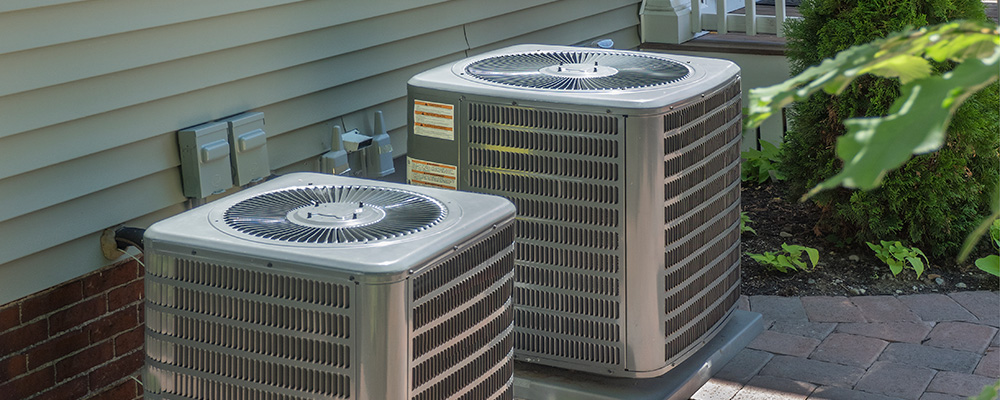
From JEA:
Give Your AC a Break
- Set your thermostat on 78⁰ when home and 85⁰ when away. If you have a pet, you should not turn your thermostat above 80⁰. When the difference between the indoor and outdoor temperatures is small, your cooling bill will be lower.
- Consider scheduling a service for your HVAC system to ensure it is running properly and at full capacity.
- Clean or replace your AC filters regularly to maximize efficiency.
- Clean the area around the outdoor AC unit and keep it shaded, if possible.
- Turn your thermostat up a couple degrees and run a fan to help make up the difference, make sure to turn it off before the leaving the room. Remember, fans cool people, not rooms.
Make Small Changes that Make a Big Impact
- Avoid going in and out of your home repeatedly to keep cool air in and hot air out.
- Take advantage of daylight and try to limit your use of artificial lighting.
- Use the washer with full loads using cold water and consider hanging your clothes to dry.
- Try grilling outside, using the microwave or cooking with a CrockPot or the InstantPot instead of your stove or oven. Small appliances typically use less energy and keep your kitchen cool.
- Set the temperature of the water heater to 120ºF and wrap with a specially designed insulation blanket if the tank exterior becomes warm to the touch.
Invest in Your Home’s Efficiency
- Add/repair weather stripping or caulk around the windows and doors to prevent leaks.
- Check if your attic and walls have proper insulation and are sealed to keep warm air out.
- Consider updating old appliances to energy efficient models.
Water Smart
- Follow watering guidelines for watering your lawn and inspect your system to ensure it is working properly.
- If the weather forecast calls for rain, turn off your sprinklers ahead of time. A properly functioning rain sensor should do this automatically.
- Catch rainwater in a barrel and reuse it to water plants.
- Wash your car with a bucket of soapy water instead of constantly running the hose. If you’d rather go to a car wash, look for one that recycles their water.
The St. Johns River Management District has issued their annual water useage report.
Annual water use reporting conducted by the St. Johns River Water Management District shows that 2020 total water use was 1% lower than the five-year average but 4% higher than 2019. Daily per capita water use at 115 gallons per day remained below the 10-year average of 128 gallons.
The District’s 2020 Survey of Annual Water Use was presented at the July 13 Governing Board meeting.
“Changes in rainfall, greater access to reclaimed water and economic factors all play a role in the results of our annual reporting, but each of us individually has control over our own water use behaviors,” said St. Johns River Water Management District Executive Director Dr. Ann Shortelle. “This yearly report is a great reminder that we all must keep doing our part to conserve water in our homes and businesses.”
Factors such as water conservation, less landscape irrigation with potable water and increases in multifamily housing occupancy can decrease gross per capita rates. Conversely, expanded tourism and other commercial development, larger irrigated lots and increases in single family housing can increase gross per capita rates.
Within the St. Johns District, the largest water use is public supply, which represents 53% of total water use, followed by agricultural irrigation at 23% and commercial/industrial/institutional and mining/dewatering uses at 9% of water use. Other categories of water use are domestic self-supply and small public supply systems (7%), landscape/recreational self-supply (5%) and power generation self-supply (3%).
Highlights of the report include:
- Since 2001, gross per capita water use has decreased from 155 gallons per person per day to 115 gallons per person per day.
- Total public supply water use in 2020 was 550 million gallons per day (mgd). This includes some commercial/industrial/institutional uses that are supplied by public supply utilities.
- Public supply water use increased 1% from 2019, while population increased 2% from 4.68 million to nearly 4.78 million.
- Although public supply water use in 2020 is slightly higher than the 10-year average (due to factors such as rainfall / drought conditions and economic factors), the gross per capita rate has seen a significant decrease since 2001 and is 17% lower than 2011.
- Since 2001, total public supply water use has increased by 4%. During the same time, total population served by public supply has increased by 40%.
- More than 211 mgd of reclaimed water is reused within the St. Johns District. Reclaimed water is treated wastewater that is reused for beneficial purposes and reduces the demand for fresh groundwater for irrigation and some industrial and commercial uses.
- More than 50% of wastewater flows have been beneficially reused since 2014, and reuse varies from county to county. For example, reuse utilization rates in Baker County are 7%, while Alachua County reuse utilization is 96%.
- Agricultural water use was 14% below the 10-year average but 19% higher than in 2019. The increase is attributed to crop irrigation during the first half of the year because the majority of rainfall occurred in the second half of the year.
- Domestic self-supplied households consume an average of 86 gallons per person per day. 2020 water use was 2.3% higher than the previous year, which can be attributed to a 2% increase in population, rainfall and changes in conservation behaviors.
- Self-supplied commercial/industrial/institutional and mining/dewatering water use in 2020 was 10% below the annual average of the last 10 years.
The District has published annual water use data since 1978. Annual water use surveys assess total water use, with data arranged by source, category of use, and county. Water use amounts are based on the best available data at the time of publication.
©2021 Cox Media Group

:quality(70)/cloudfront-us-east-1.images.arcpublishing.com/cmg/4BY52YP3URHB3CBG6342FEUNGQ.jpg)
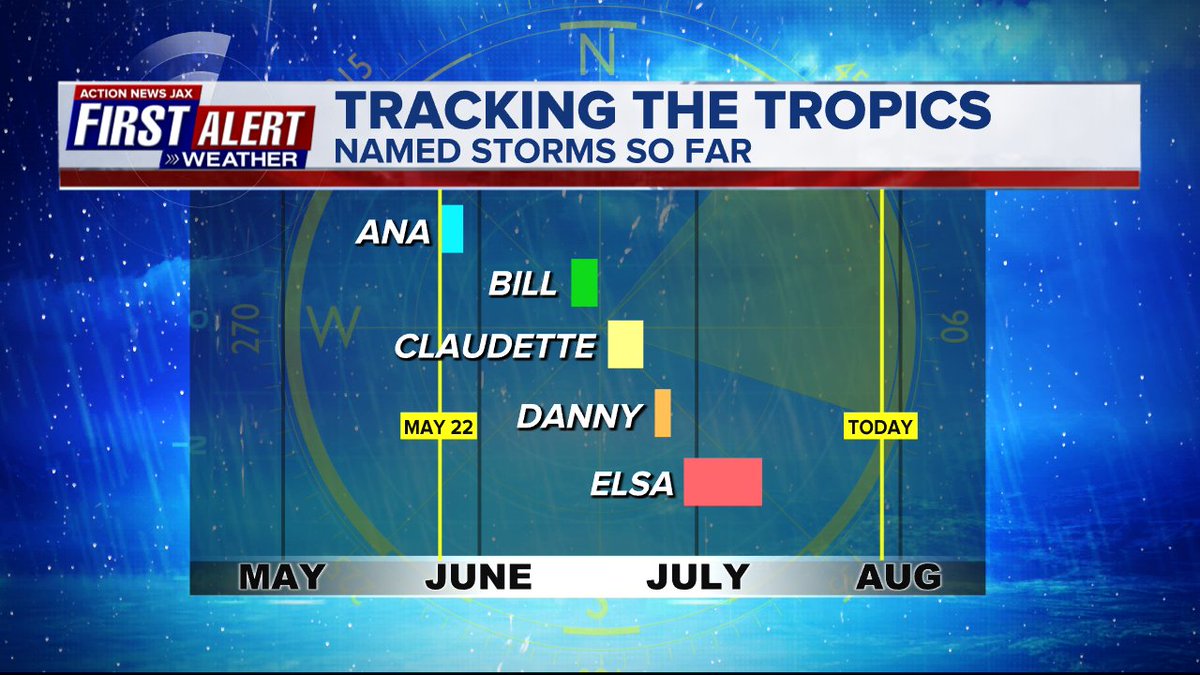
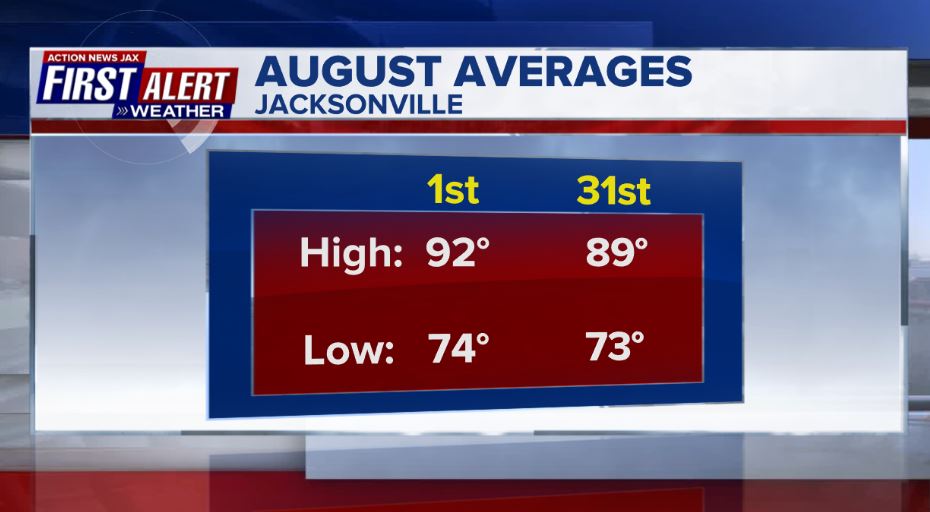
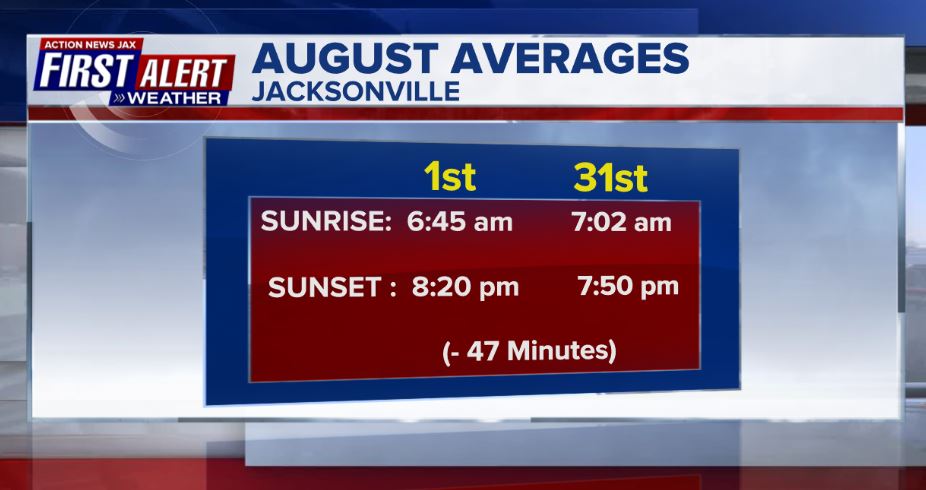
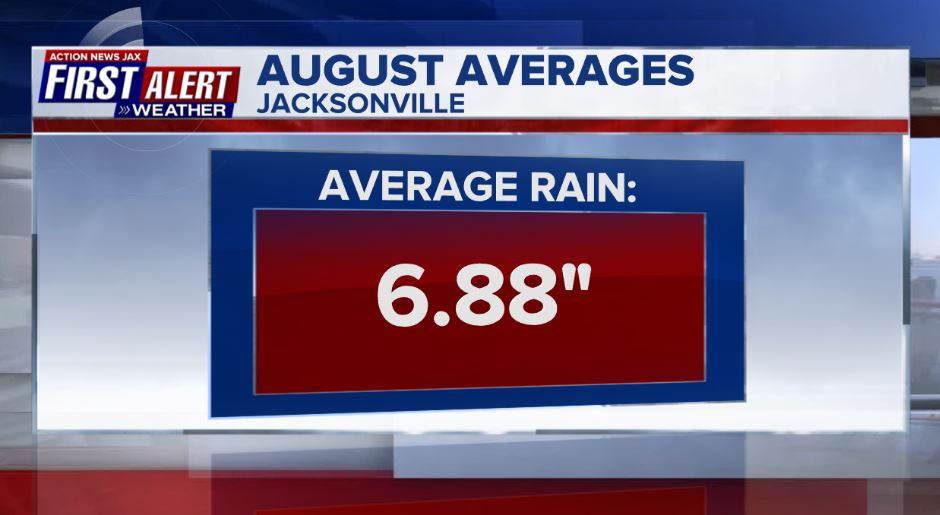
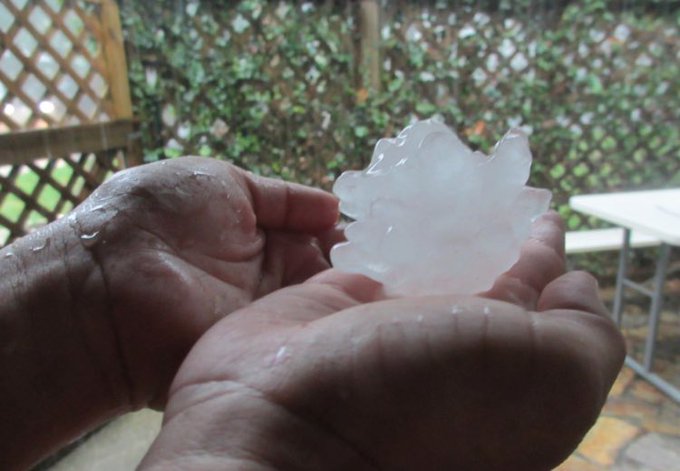

:quality(70)/cloudfront-us-east-1.images.arcpublishing.com/cmg/HJ3L3HBBJBH6PB5ZFB3SVGFXSU.png)
:quality(70)/cloudfront-us-east-1.images.arcpublishing.com/cmg/4TQDXERT5VGORNZ4NQWXNO5H64.png)
:quality(70)/cloudfront-us-east-1.images.arcpublishing.com/cmg/SKX4RKW645ERTATCLA4V2FVRKQ.png)
:quality(70)/cloudfront-us-east-1.images.arcpublishing.com/cmg/5PIZRG7NYBAHDDABTG5BNVGO6Y.jpg)
:quality(70)/cloudfront-us-east-1.images.arcpublishing.com/cmg/V7JDMMD6JJEEHIL6C7OSLV3ABU.png)
:quality(70)/cloudfront-us-east-1.images.arcpublishing.com/cmg/UZPULSM5L6BCTV33STOWB4EFVY.jpg)
:quality(70)/cloudfront-us-east-1.images.arcpublishing.com/cmg/UHEGYK6KHA7NPKKMTEZGUTHYHQ.jpg)
:quality(70)/cloudfront-us-east-1.images.arcpublishing.com/cmg/4I6XN2MKFTXEBFKR3UVLQ2YD2M.jpg)
